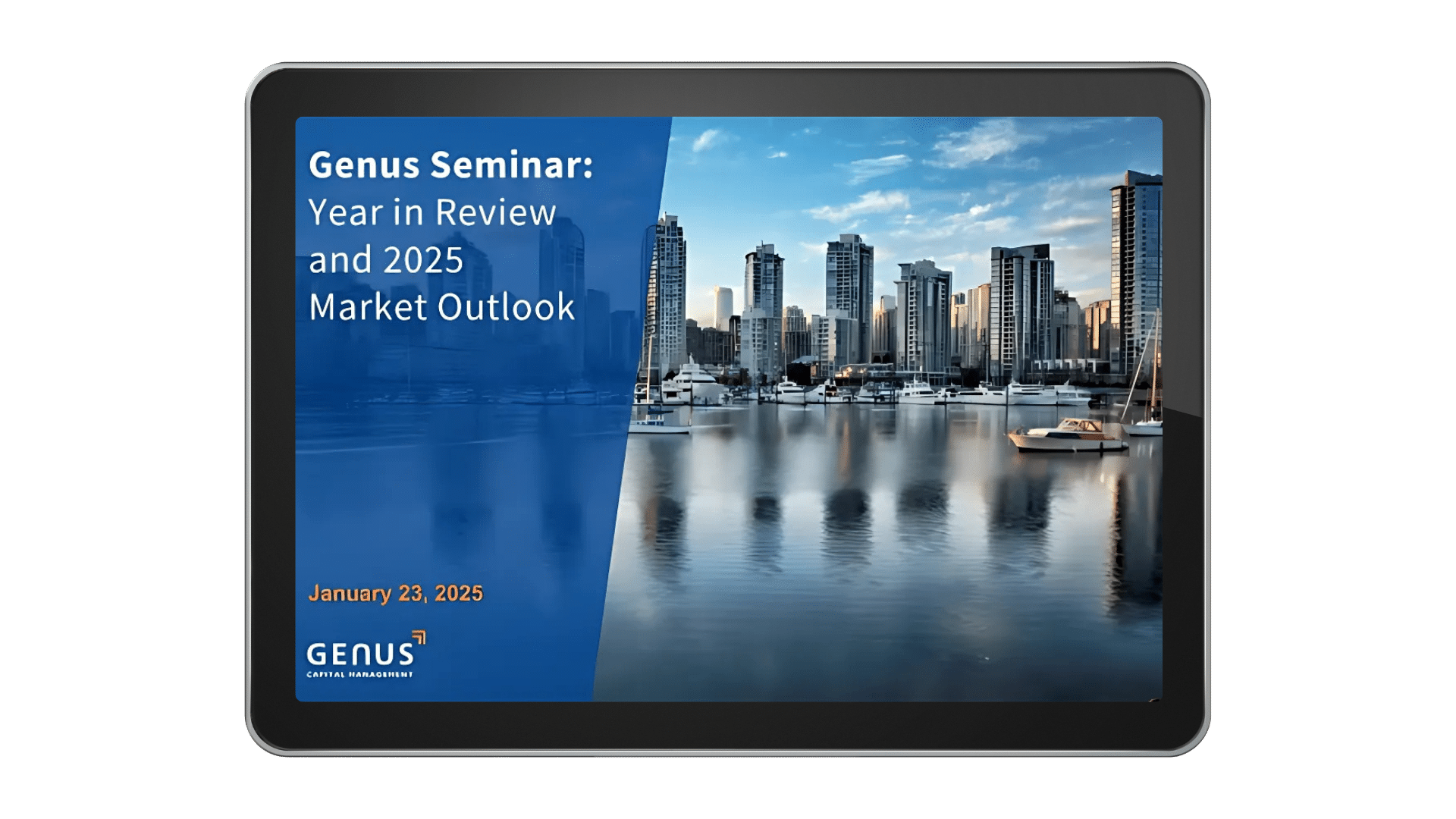Where Am I on the Impact Investing Spectrum?
Deciding how to invest for impact has never been black and white. But as the impact investment landscape grows and evolves, so too have the options for how to engage as an impact investor.
Today, there’s a broad spectrum of green investment opportunities offering a range of products and portfolios for all kinds of investors. There’s truly something for everyone.
Where you fall on the spectrum depends on your priorities, goals, risk tolerance and investment style. And we can help you figure out which investments make the best match for you.
Mike Thiessen, Chief Sustainability Officer at Genus, breaks down the opportunities – ranging from light to dark green – starting with the three styles of sustainable investing: responsible investing, socially-responsible investing and impact investing.
Understanding the Three Styles of Sustainable Investing
Responsible investing is the entry level, says Thiessen. “When you’re evaluating a company, you’re looking at how climate change might be affecting this company, or how the company might be affecting climate change but you don’t necessarily have to take [these factors] into account when you’re making your investment.” In other words, as a responsible investor, you essentially become aware of sustainability factors in relation to the companies you invest in, but you don’t necessarily change all of your investment decisions.
Socially responsible investing (SRI), in comparison, is when you draw a line in the sand (and in your investment portfolio), when deciding what you will and won’t invest in. For example, avoiding carbon-intensive fossil fuels or not investing in fossil fuels at all is a common line in the sand, says Thiessen.
Impact investing is even more intentional than SRI; you purposely put impactful companies or sectors into your portfolio (rather than taking harmful companies or sectors out of your portfolio). “Instead of deciding not to invest in tobacco, for example, like you would for socially responsible investing, with impact investing you’re deciding to invest in innovative healthcare companies,” says Thiessen.
With each style of impact investing, you get closer to creating a portfolio that intentionally funds the kind of positive change you want to see in the world.
Shades of Green: Four Types of Impact Investing
Impact investing can be broken down further into four layers, from light green to dark green, each corresponding to a specific type of impact investment: liquid impact, illiquid impact, venture impact and philanthropic impact. As these impact investments go from light to darker green on the spectrum, they often become more narrow in scale and scope.
Liquid impact investments such as public equities or green bonds enable you to get in and out of an investment quickly. “If you want to make an impact with renewable energy, you could invest in a stock where the company makes 20% of its revenue from renewable energy. That’s often what you get when you’re investing in a more liquid impact solution,” Thiessen says. In contrast, illiquid investments like private equity and venture capital don’t offer the same type of divestment flexibility.
Venture impact lets you zero in on the type of impact even more, like investing directly in a solar company that’s privately held. Thiessen says venture impact investing is “kind of a mix between philanthropy and impact investing so, in fact, you can make a return that is very market-like without taking on more risk.”
Investors who want to maximize a particular impact or ethos that’s not available in a market-rate return can opt for philanthropic impact. This deep green choice allows people willing to take on more risk or give up some return on investment to fully align their vision, values and investments.
Getting the Right Shade of Green
How can you discern the differences between these subtle shades to determine how much of an impact your investments are making?
It comes down to a calculation called Net Impact Score, which accounts for both the beneficial and destructive nature of investments. Genus evaluates all of its impact investments against the UN’s 17 Sustainable Development Goals (SDG).
Many of Genus’s impact investors start off at the light-green end of the spectrum and make gradual shifts as they become more educated and dispel initial perceptions of perceived risk, especially in the long term. All Genus funds come with an investment policy statement, and you can discuss how to align your priorities with your portfolio manager or advisor.
Interested in exploring what impact investing could look like for you? Contact a Genus advisor to get started on your impact investing journey—whatever shade of green it may be.











